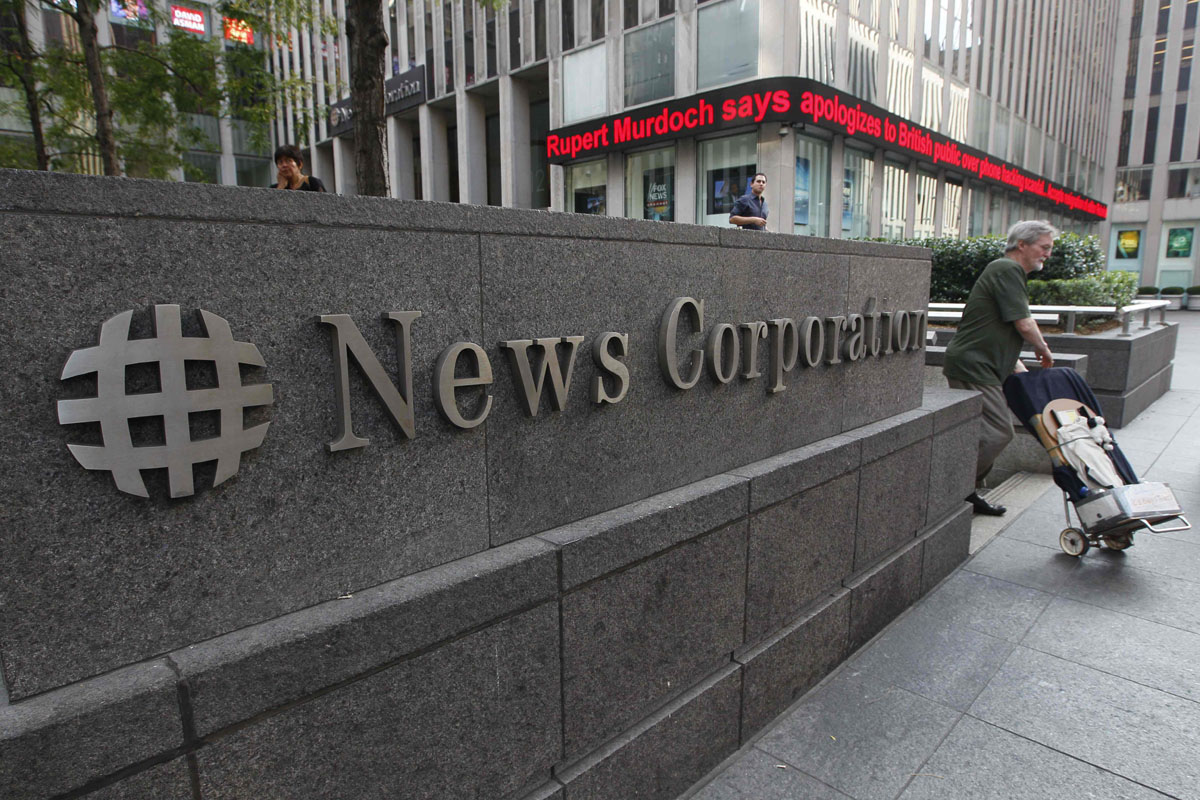The conventional media wisdom goes like this: When big news strikes, news organizations should tear their paywalls down and let audiences take in important information.
Snowstorms. Hurricanes. Terrorism. Editors often provide free access for information deemed crucial to public life.
That was the case last week. As Election Day approached, The New York Times, The Washington Post and the Los Angeles Times all took their paywalls down as competition for subscribers gave way to a civic-minded giveaway.
But The Wall Street Journal took a different tack, keeping its paywall up in the hopes of driving more digital subscriptions. This tactic is in line with the Journal’s business model, which has focused on persuading readers to pay for digital journalism since WSJ.com launched 20 years ago, said Katie Vanneck-Smith, Chief Customer Officer and Global Managing Director of Dow Jones.
“Call me old-fashioned, but if your business model is to say ‘we are a paid-for, subscription-driven business,’ changing your mind willy-nilly is not a consumer-focused decision,” Vanneck-Smith said.
The result? Last week, The Wall Street Journal saw its daily digital subscriber rate shoot way up during and after Election Day. On Tuesday, double the usual number signed up, Vanneck-Smith said. On Wednesday, The Journal saw triple the usual rate. By Thursday, it had quadrupled. By Friday, the Journal was on pace to notch its biggest-ever week for new digital subscriptions.
The decision to leave the paywall the up didn’t come at the expense of increased readership, Vanneck-Smith said. Last week, saw the Journal’s biggest traffic spike since February 2014, when it broke the news of Philip Seymour Hoffman’s death.
She attributed the subscriber bump and increased readership to The Wall Street Journal’s new paywall strategy, which gives non-subscribers a 24-hour “guest pass” that enables them to read articles on WSJ.com. The tweaked paywall also lets non-subscribers read articles shared by subscribers on social media and allows some stories to be “unlocked” by Journal editors.
The dramatic increase in subscribers after Election Day might stem from the Journal’s decision not to endorse any candidate for president, Vanneck-Smith said. Being viewed as a non-partisan source of information — despite the occasional biting tweet from Trump — has made the newspaper a trusted source for the global business community after the election, she said.
But The Wall Street Journal isn’t the only major American newspaper to see a bump in subscriptions since the election. The New York Times announced on Twitter Sunday that it saw its digital subscription rate quadruple after President-elect Donald Trump said the newspaper was losing “thousands” of subscriptions.
The encouraging week comes as The Journal is weathering a difficult financial period. It was not immune to the industrywide decline in print advertising afflicting newspapers and recently announced a combination of layoffs and buyouts aimed at right-sizing the newsroom.
The Journal now has 948,000 digital-only subscribers; Dow Jones Company, which publishes the Journal, aims to triple that number by the end of 2017.
The decision to remove paywalls when big news breaks is counterintuitive because it conditions readers not to pay for news, Vanneck-Smith said. The Journal leaves its paywall up for consistency’s sake, creating the expectation of a paid product.
“We know that people pay for what they value,” Vanneck-Smith said. “Therefore a paid strategy is at the heart of everything we produce.”






